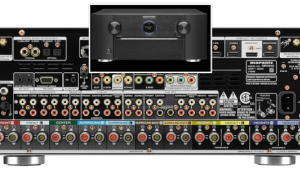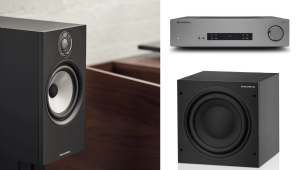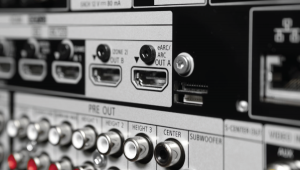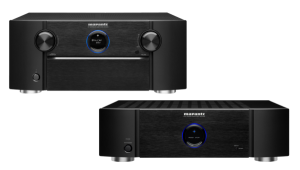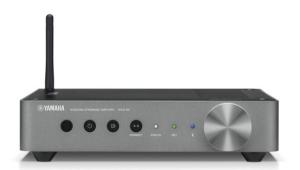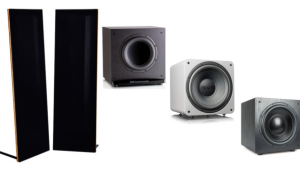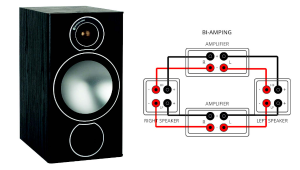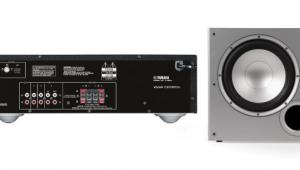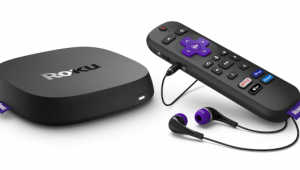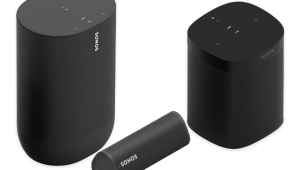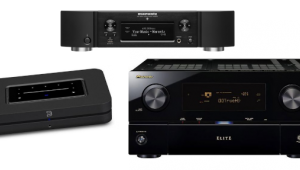Can I Use Dipole Speakers in a Dolby Atmos Setup?
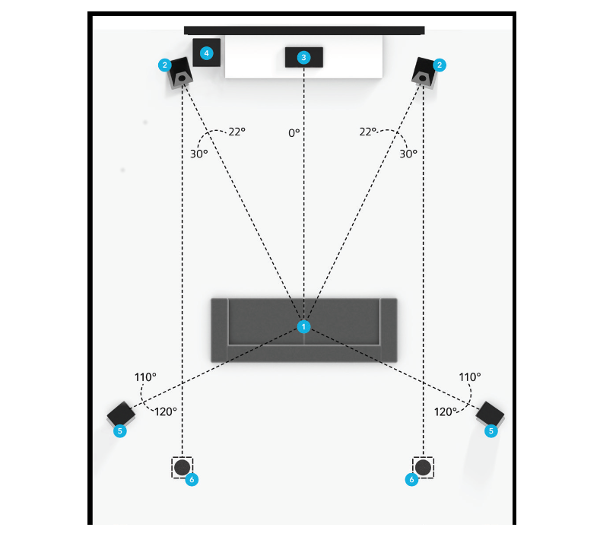
Q Way back when surround sound at home was the new big thing, installing dipole surround speakers at either side of the main listening position was recommended. Are dipoles still the optimal surround speaker choice now that technology has transitioned to object-based audio formats like Dolby Atmos? Assuming that no more speakers can be added to a system due to space limitations or cost, can an existing 5.1 speaker system (with dipole or conventional in-ceiling surround speakers) work effectively with the new sound formats? —Steve Benoff, Beaumont, CA
A The dipole surround, a speaker design featuring dual matched sets of drivers facing front and back and wired out of phase, dates back to the old Dolby Pro Logic days when processors extracted a mono rear surround channel from encoded soundtracks on analog formats like VHS tape and Laserdisc. THX required the use of dipole surrounds for THX-certified speaker systems, with the main claimed benefit being more even distribution of the mono rear effects channel in a typical home viewing environment, along with reduced localization. (The surround channel was additionally low-pass filtered to achieve the latter goal.)
Following the arrival of digital 5.1 surround formats with discrete surround channel information, Dolby started to recommend the use of direct-radiating surround speakers instead of dipoles. Installation recommendations also changed from high up on the sidewalls directly in line with the viewing seat to behind the viewing area, angled inward and on the same horizontal plane as the front left/right speakers. Those very same Dolby speaker and setup rules also now apply to Atmos-ready systems, though there’s now the additional factor of overhead effects speakers (which should also be direct-radiating).
Can you adapt an existing 5.1 speaker system for the new immersive formats such as Atmos and DTS:X? Absolutely — but with a few modifications. First, you should follow Dolby’s guidelines by losing any side-mounted dipole surround speakers in the system and replacing them with properly positioned direct-radiating models. In-ceiling speakers that were originally installed for use as conventional surrounds can also be repurposed for a 5.1.4 hybrid Dolby Atmos-enabled/overhead speaker setup (as shown in the photo). In this configuration, the surrounds get re-wired to serve as left and right top rear overhead speakers, while Atmos-enabled speaker modules can be added to the system’s main left and right speakers to deliver the front overhead effects.
Click here for more expert advice on all things audio and video.
